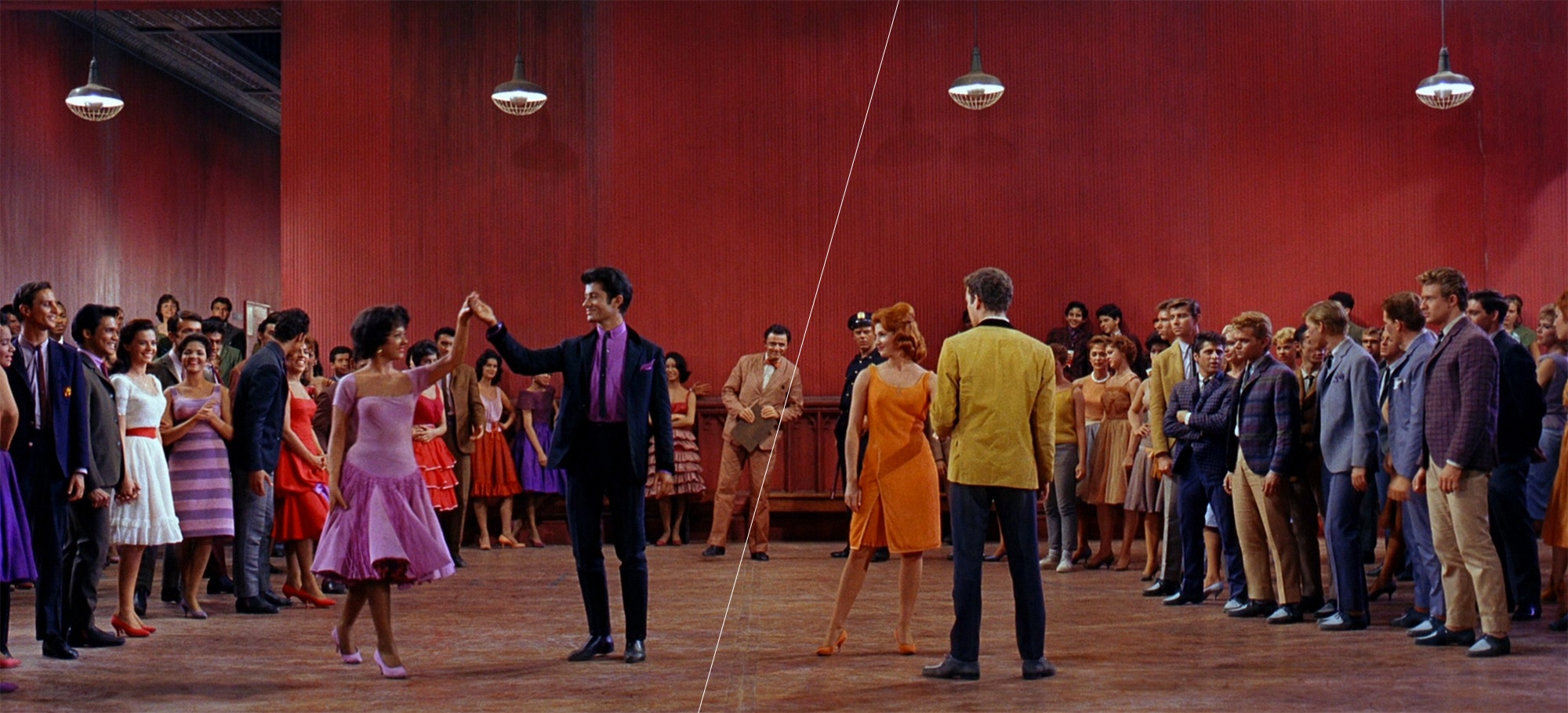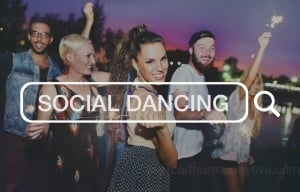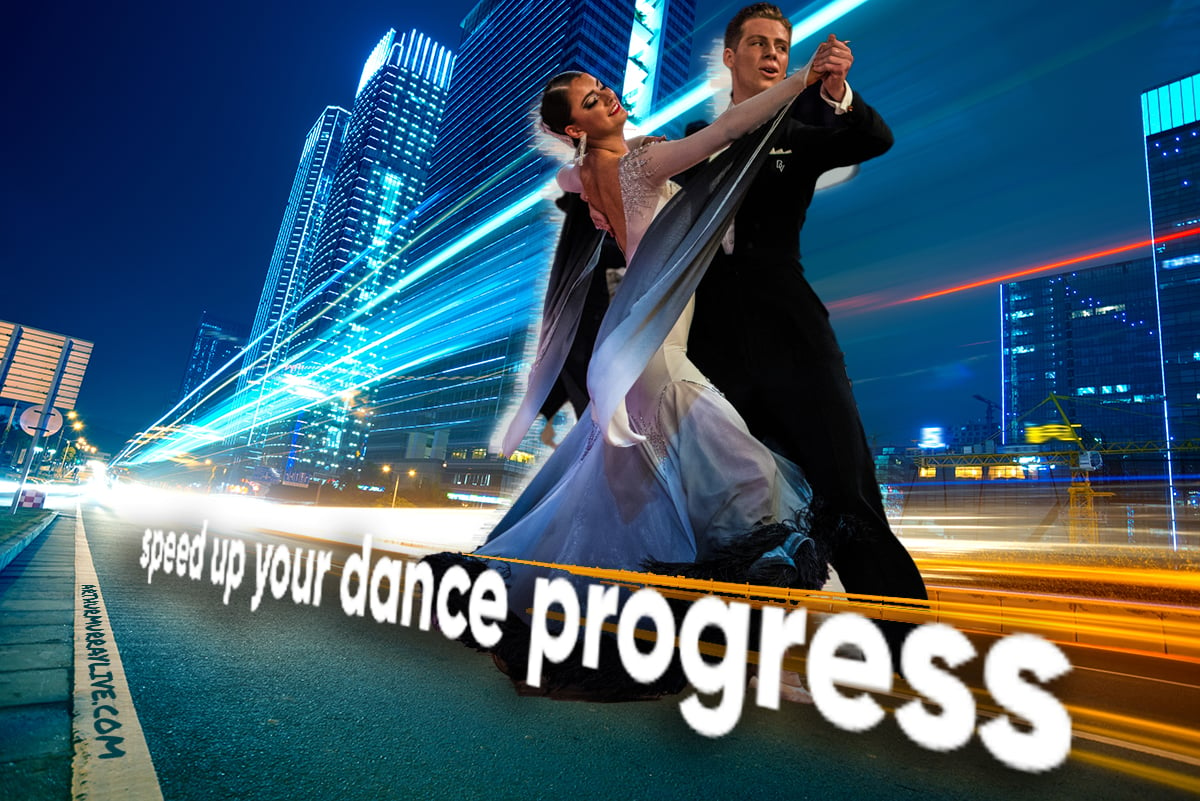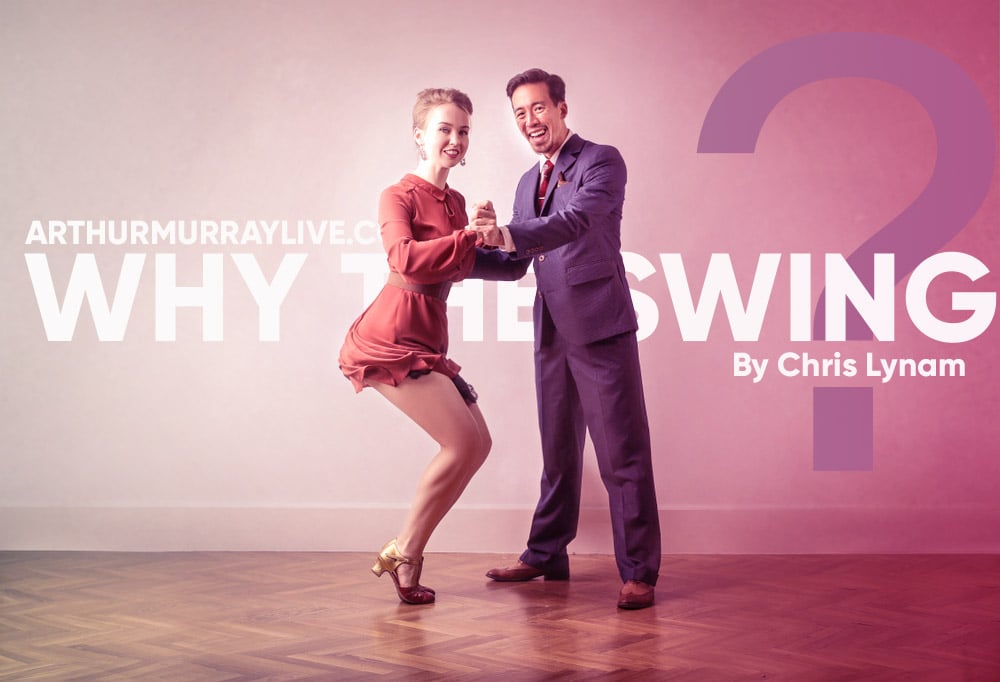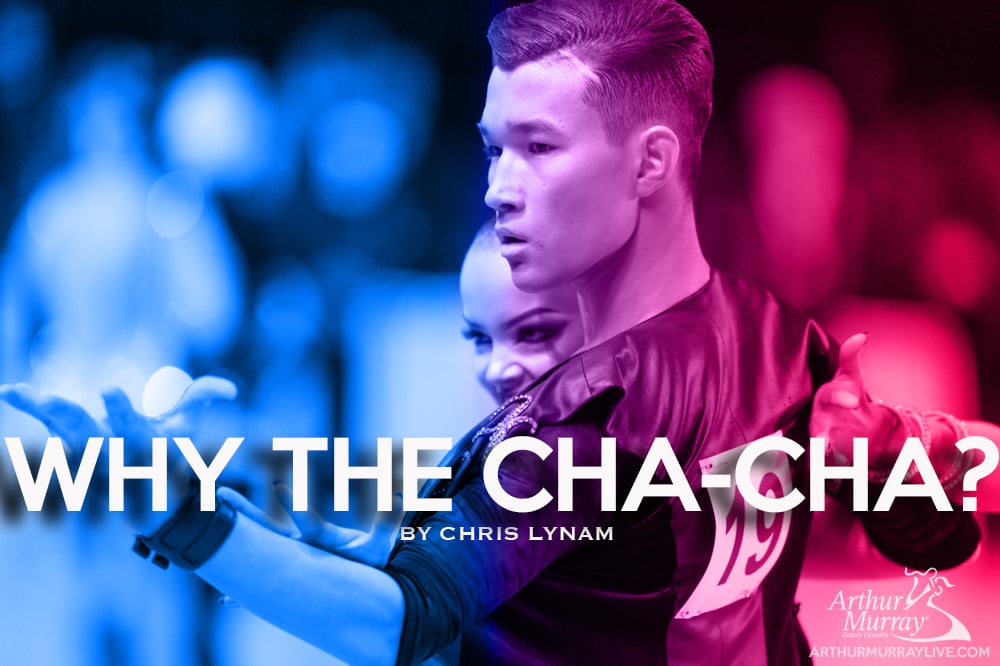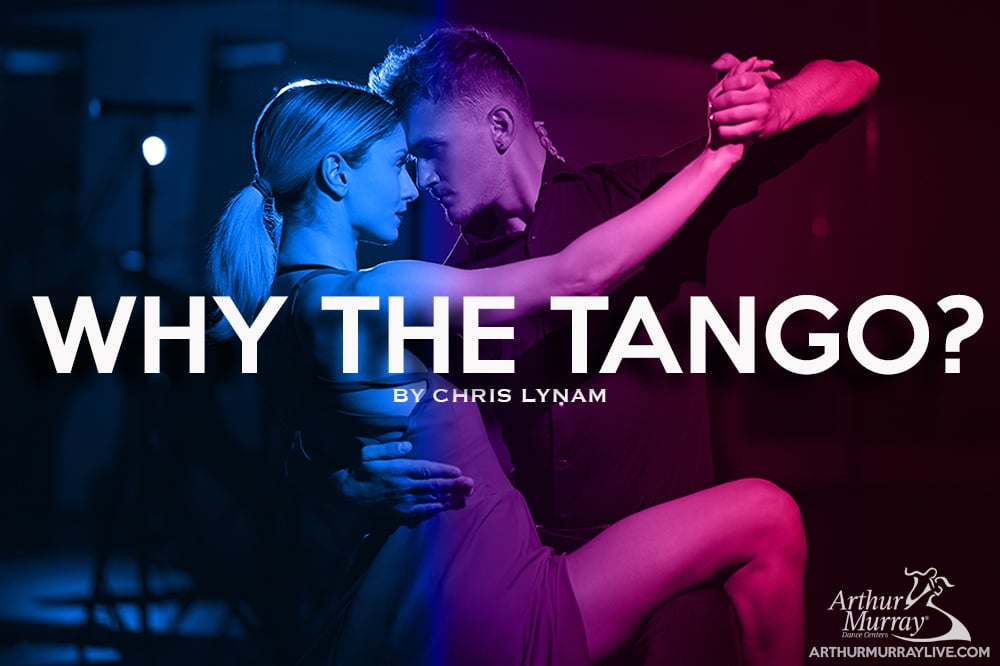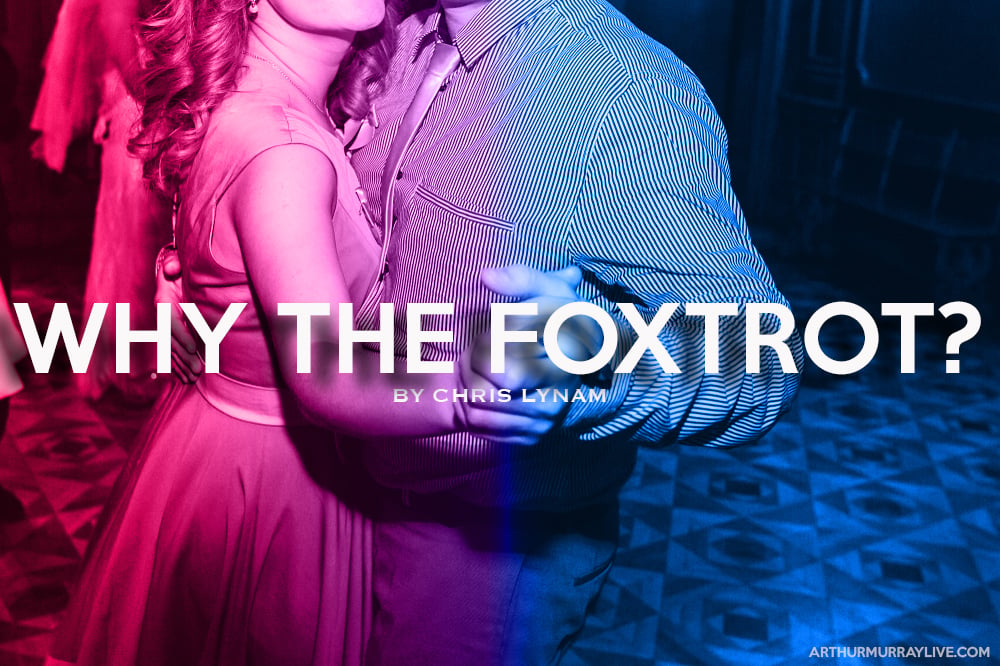You will rarely enter a dinner party as a social dancer, hand the band some sheet music, and stand with one hand in the air, prepared to perfectly execute a dance routine worthy of an 80's movie montage.
Then again, that would be pretty epic.
Unfortunately, it's images like that which keep the routine crowd and the social dance crowd on opposing sides of the dance floor. Maybe this article can help broker a peace treaty.
 5 Sneaky Ways Dance Routines Help Your Social Dancing
5 Sneaky Ways Dance Routines Help Your Social Dancing
1. Memorize Your Style
If you're a social dancing follower, your number one priority is being sensitive to the slightest signal from the person leading. Often times, that results in the dance equivalent of defensive driving.
 How a Routine Helps
How a Routine Helps
Routines give you a chance to enhance styling by scripting it out. You'll never be stuck playing it safe because you'll know exactly what to do style-wise, and you can rehearse it until it is stored in your muscle memory.
 Taking this Back to Social
Taking this Back to Social
The end result is great body awareness and a more confident approach to adding a dash of bold styling even without the script.
2. Tricky Transitions
Dancing socially is as much a physical challenge as a mental one. This usually results in a large number of basic movements while deciding how and when to unleash your favorite moves.
How a Routine Helps
Routines help to connect dance movements together in creative and interesting ways, like Blue Apron does for recipe ingredients, or Macguyver does for common household items used to construct life saving/villain stopping devices.
Taking this Back to Social
Sometimes the best byproduct of working on a routine is taking small segments of it and repurposing the transitions at a dance party.
3. Blaze a Trail
Sometimes a dance routine can seem like a project that will derail the progress of your dance program - nothing could be further from the truth.
How a Routine Helps
Routines will scour the farthest reaches of the dance you're working on. Whether that's utilizing variations that haven't been introduced, or moving up a level higher than you're working on - any dance you choose will be supercharged with new material.
Taking this Back to Social
Leveling up via a routine is a classic dance no-brainer. It's the dance program equivalent of driving in the carpool lane to avoid any of the ill effects of the Curve of Learning.
4. Reduce Anxiety
Routines reduce dance related anxiety.
How a Routine Helps
Confidence is like a muscle. To build it, you have to challenge it. Assembling a routine gives you a pre-rehearsed strategy designed to withstand the anxiety of performing.
Taking this Back to Social
At some point your dance hobby becomes something you're known for, and when that time comes, you may be asked to dance in front of friends and family at a dinner party, wedding, or office function. If you've passed through the fires of a dance performance, dancing in a casual venue is much less daunting.
5. Improve Your Memory
A dance routine challenges, stretches, and builds your ability to retain dance information.
How a Routine Helps
While social dancing you have a vast array of ingredients available on a moment's notice. Similar to the movements of driving a car, downhill skiing, or getting into a back alley street fight. A routine creates a sequence beyond the immediate.
Taking it Back to Social
Even if you never perform a routine, the mental exercise will improve your dance material recall. Brain work such as this is one of the primary reasons why ballroom dancing is one of the top activities to ward off dementia and alzheimer's disease.
"The dancers in the recent study who showed the most resistance to dementia practiced what is referred to as freestyle social dancing – foxtrot, waltz, swing, tango, and Latin dance" says Juliette Sigfried in her article "The Best Means of Avoiding Alzheimer's is Dance?" on the site HealthGuidance.org.
Final Thought
Sure, there are routines that are theatrical, include costumes, and all the performance tools and accessories - but these are merely a glittery smokescreen. Beneath the sheen and sparkle of "competition-like" performance is just another person improving their social dance skill. You may never choose to go "full performer" in your next routine. No one will ever require you to wear a rhinestoned outfit, or apply tan in a bottle to glean the positive byproducts of a routine.
Your motives are clear, and a routine is a sneaky and effective way of delivering on them.

Image Links:



